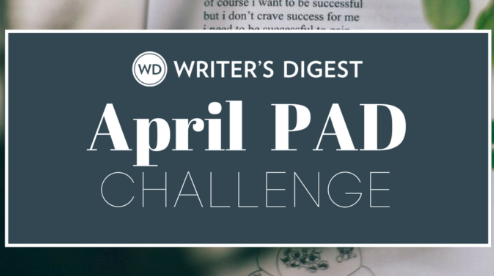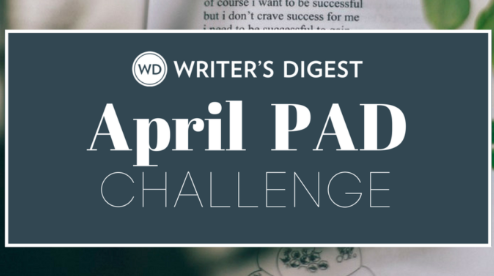Abstract or Sound Poetry: Poetic Forms
Learn how to write abstract poems or sound poetry with guidelines and an example of this poetic form from poet Robert Lee Brewer.
One thing I would like to do with this blog is present a picture of the different poetic forms available to poets. I will lump all these in the Poetic Forms category. By knowing the different forms, you can experiment and ultimately grow as a poet and as a writer.
In this post, let's look at abstract or sound poetry. Apparently, abstract was a term used by Dame Edith Sitwell to describe poems in her book Facade. There are different definitions provided below, but this form of poetry is more about how sounds, rhythms, and textures evoke emotions than about the actual meanings of words.
*****
Play with poetic forms!
Poetic forms are fun poetic games, and this digital guide collects more than 100 poetic forms, including more established poetic forms (like sestinas and sonnets) and newer invented forms (like golden shovels and fibs).
*****
For instance:
My rat-a-tat-tat hat
was smacked and whacked
by Thedulius Jack-a-bat-snat
while holding his gat.
Obviously, the draw of these lines is the sounds produced more than figuring out who is doing what. Abstract or sound poetry is definitely a fun form to play around with.
By the way, be sure to check out this post on anagrammatic poetry to find a cool sound form.
And as promised, here are some definitions to check out (for poets who need meanings):
Robert Lee Brewer is Senior Editor of Writer's Digest, which includes managing the content on WritersDigest.com and programming virtual conferences. He's the author of 40 Plot Twist Prompts for Writers: Writing Ideas for Bending Stories in New Directions, The Complete Guide of Poetic Forms: 100+ Poetic Form Definitions and Examples for Poets, Poem-a-Day: 365 Poetry Writing Prompts for a Year of Poeming, and more. Also, he's the editor of Writer's Market, Poet's Market, and Guide to Literary Agents. Follow him on Twitter @robertleebrewer.




